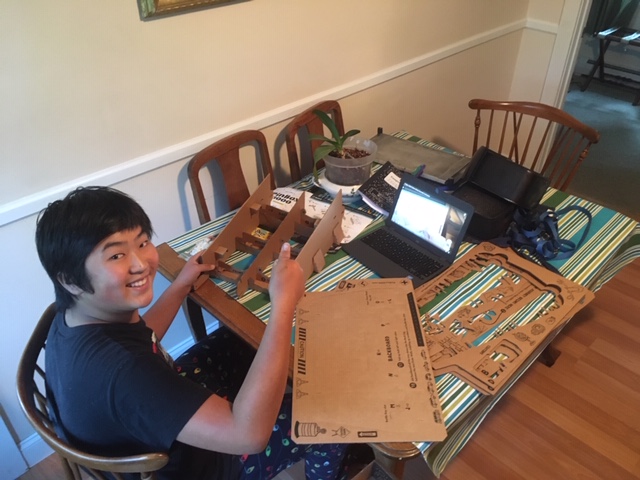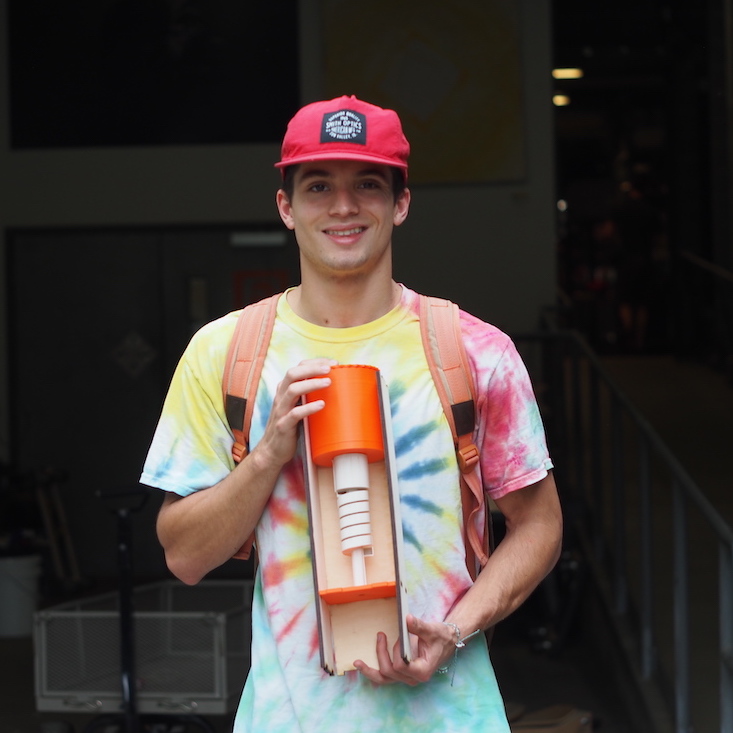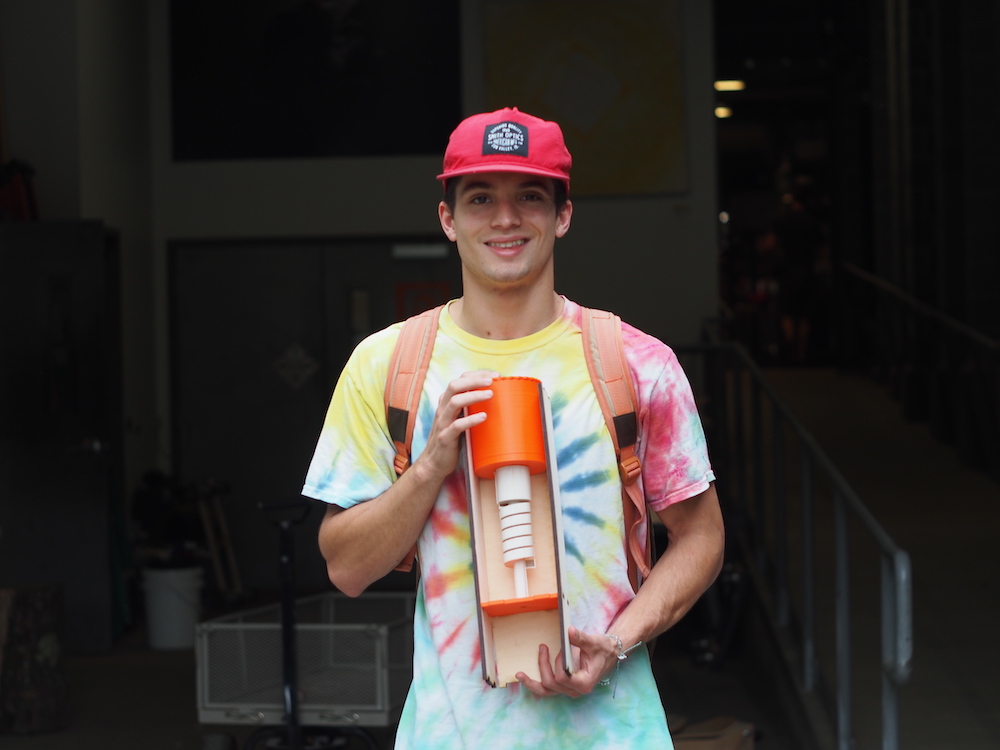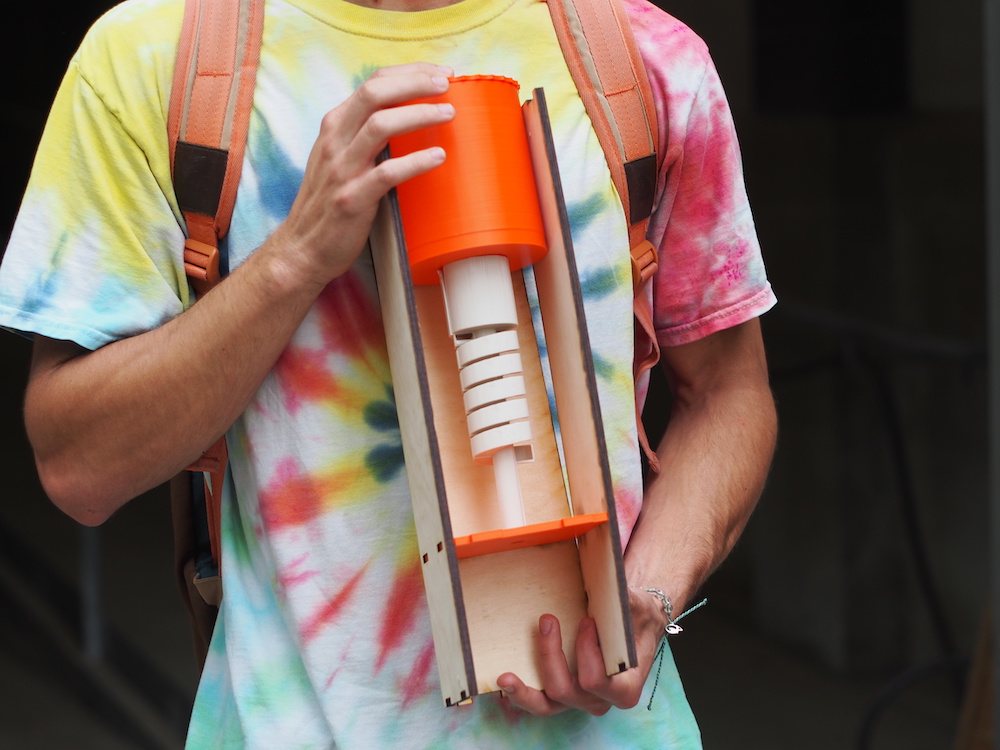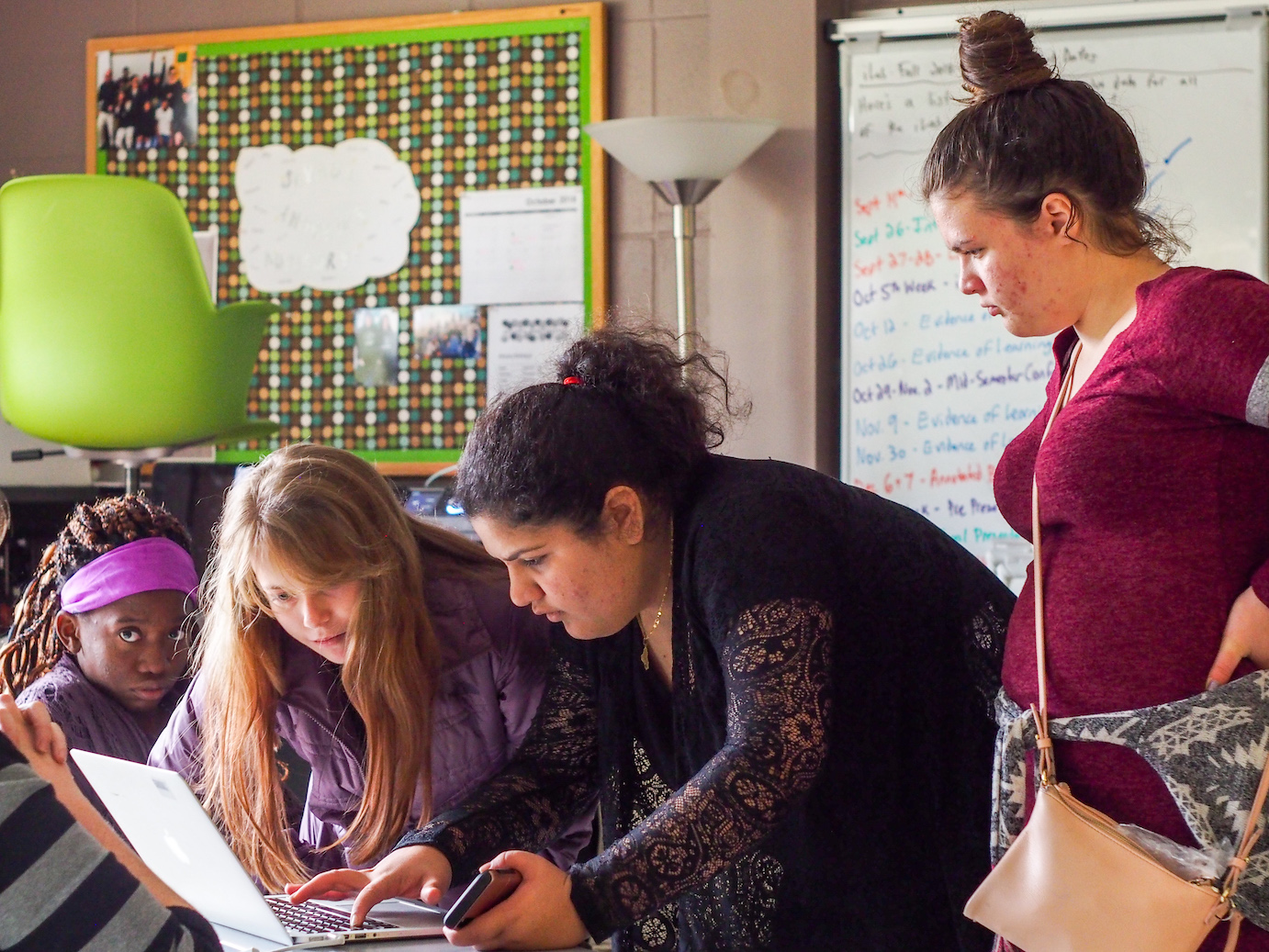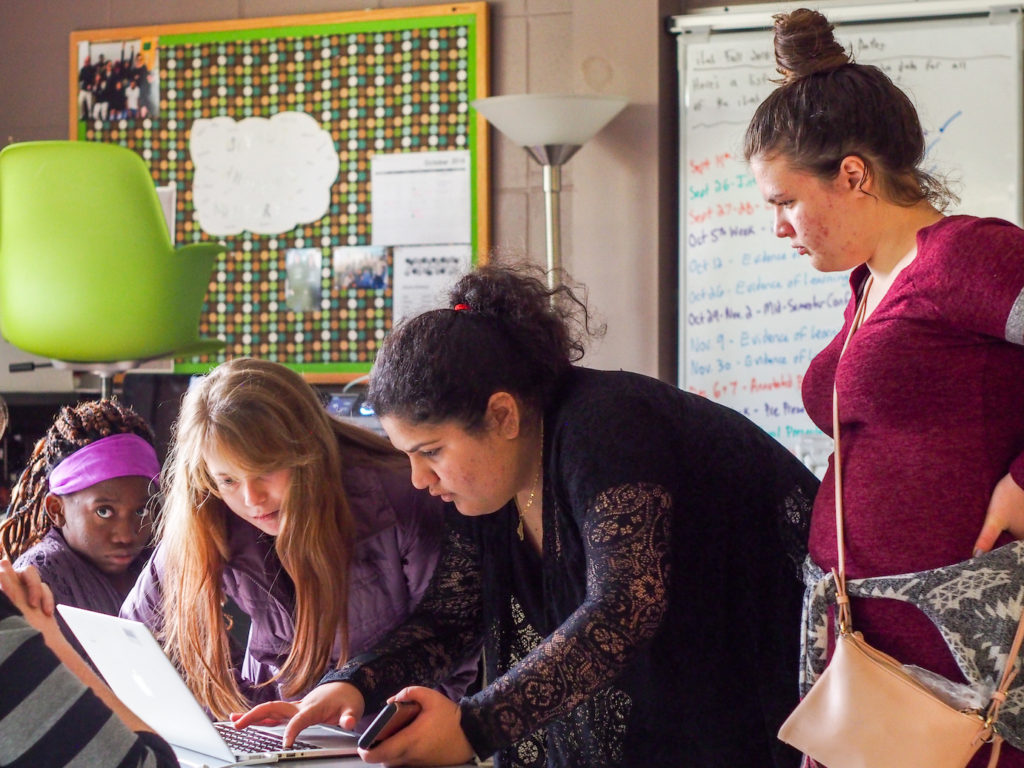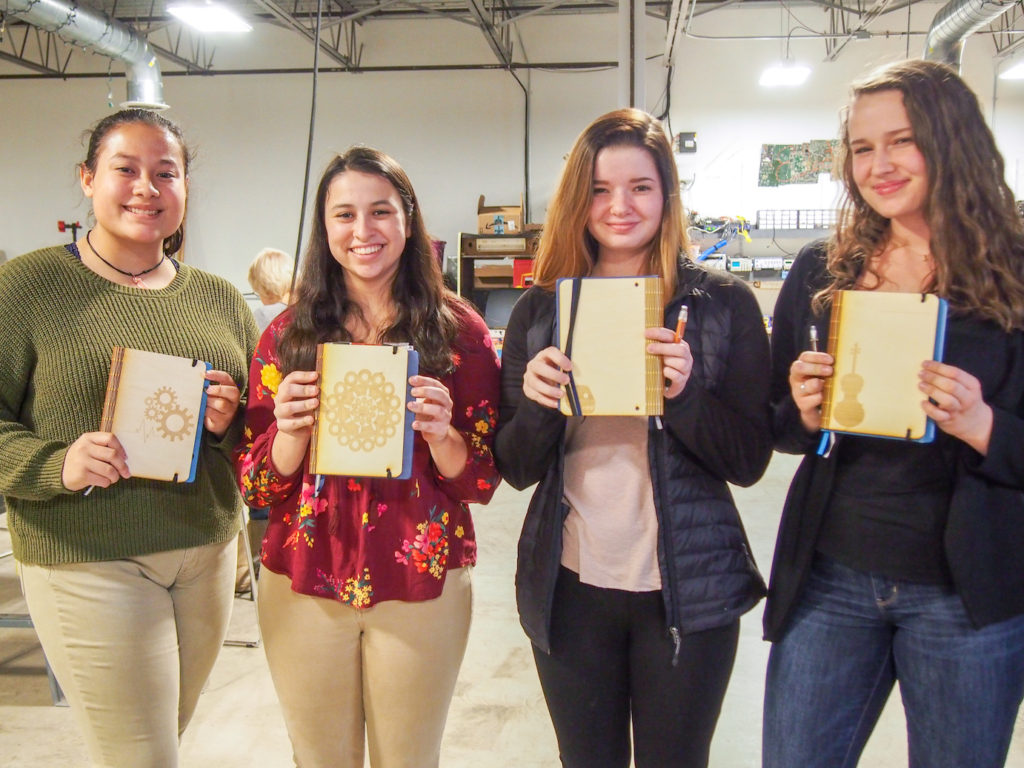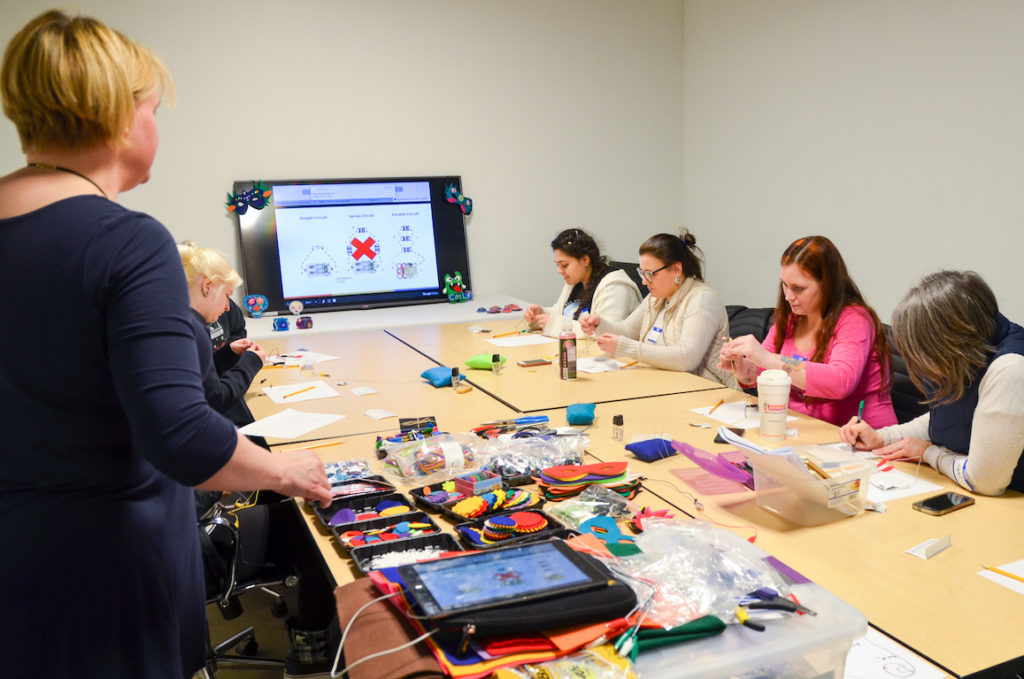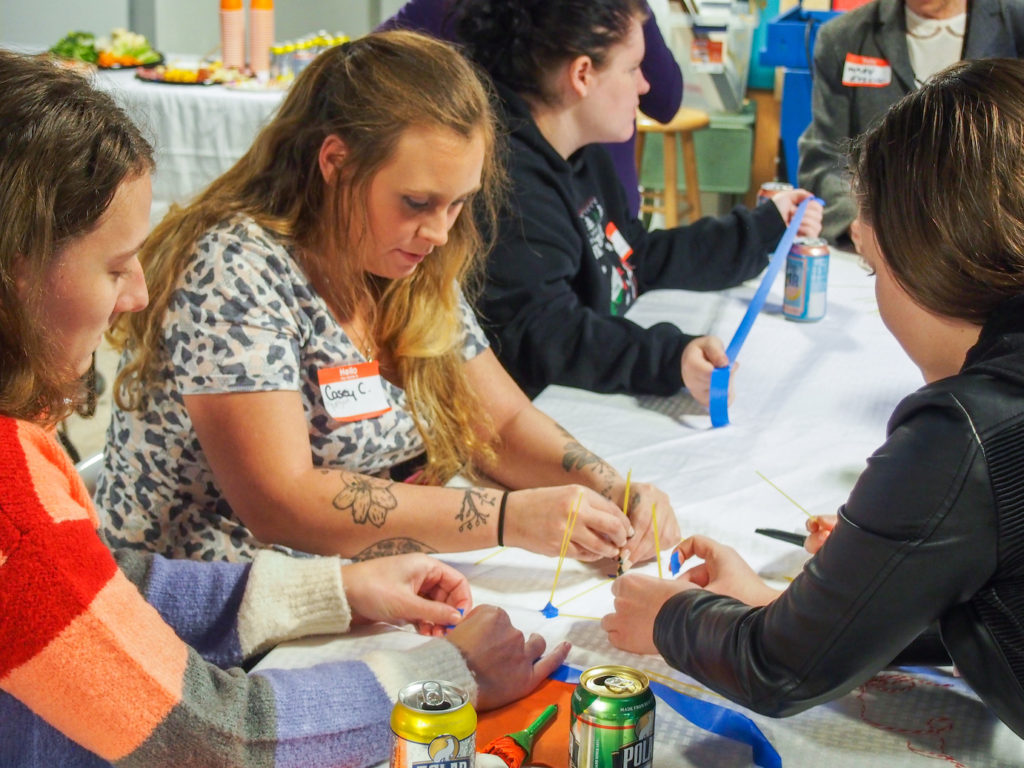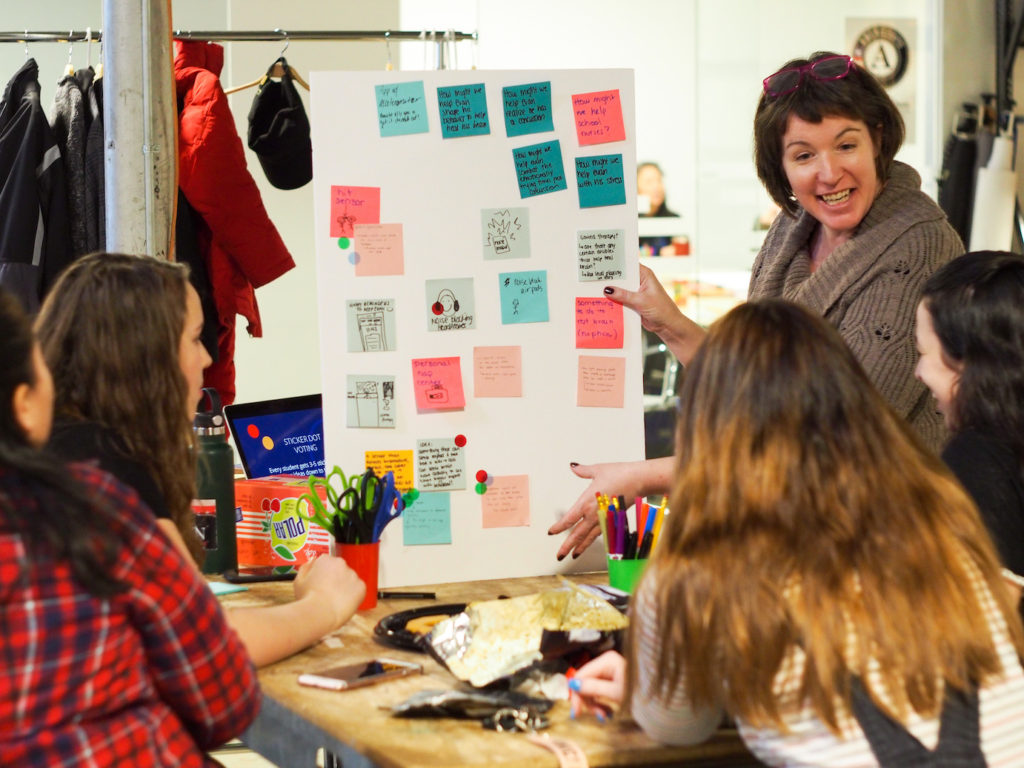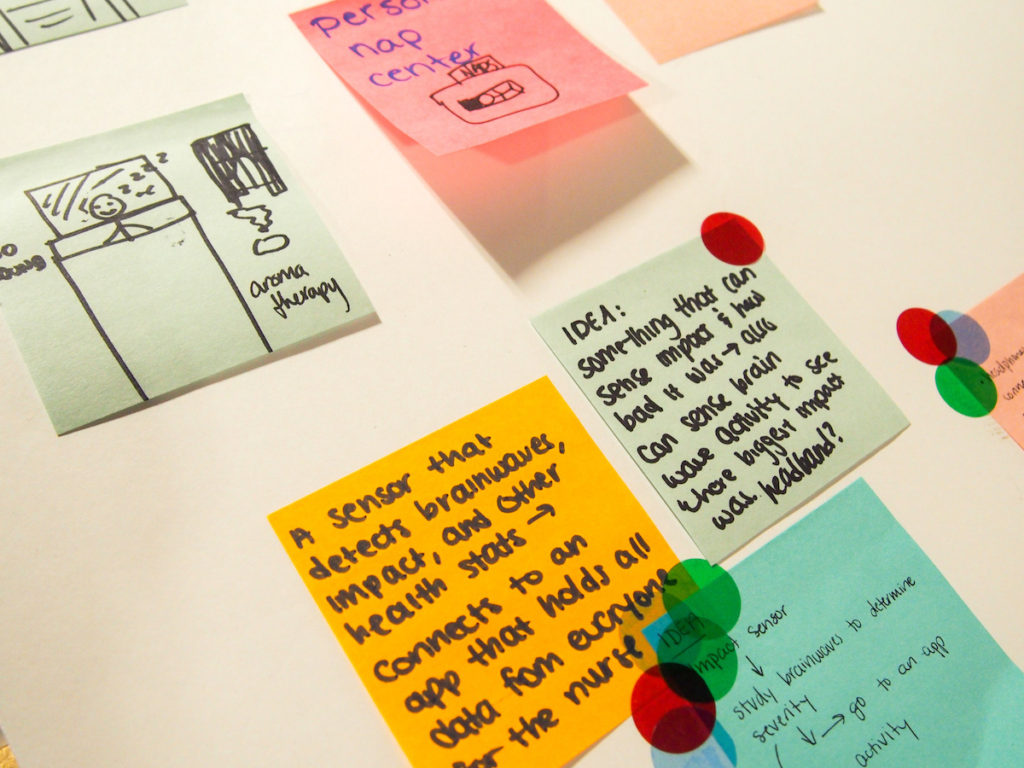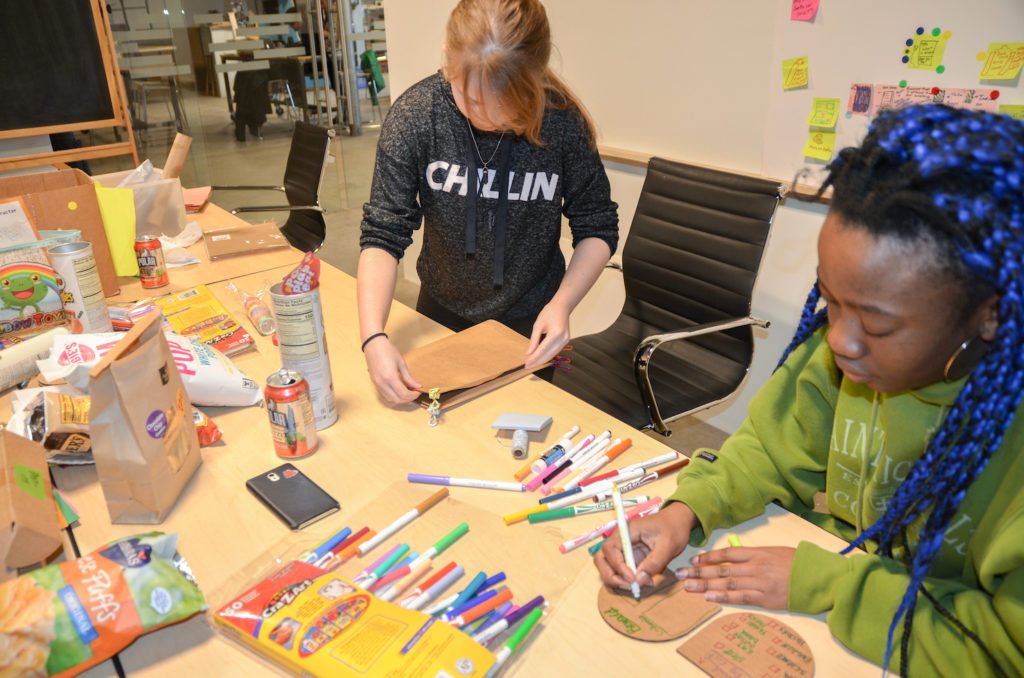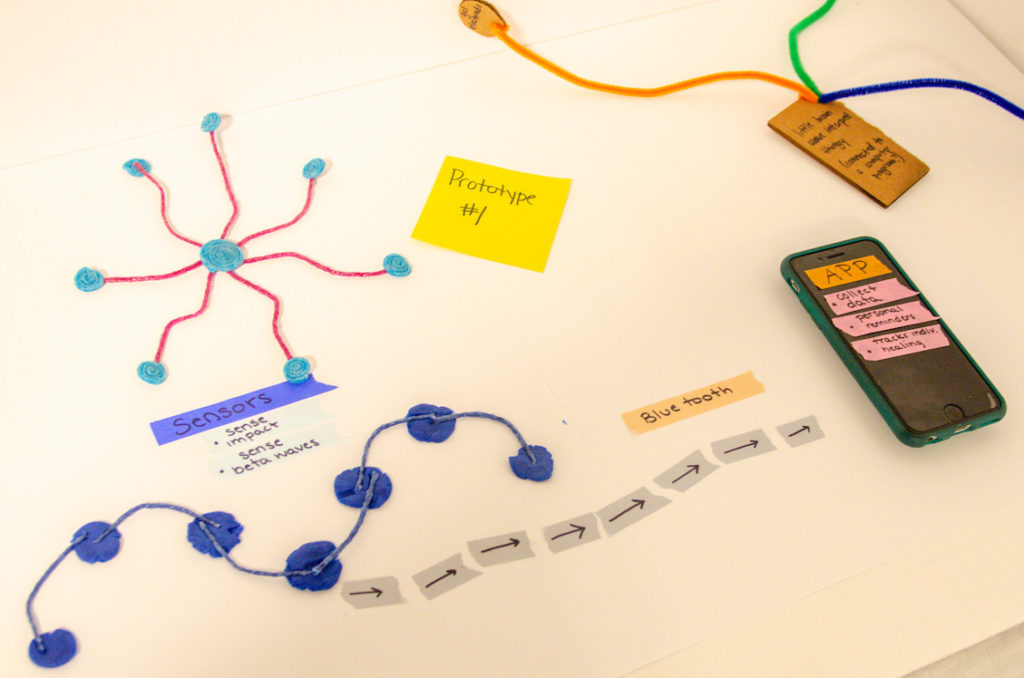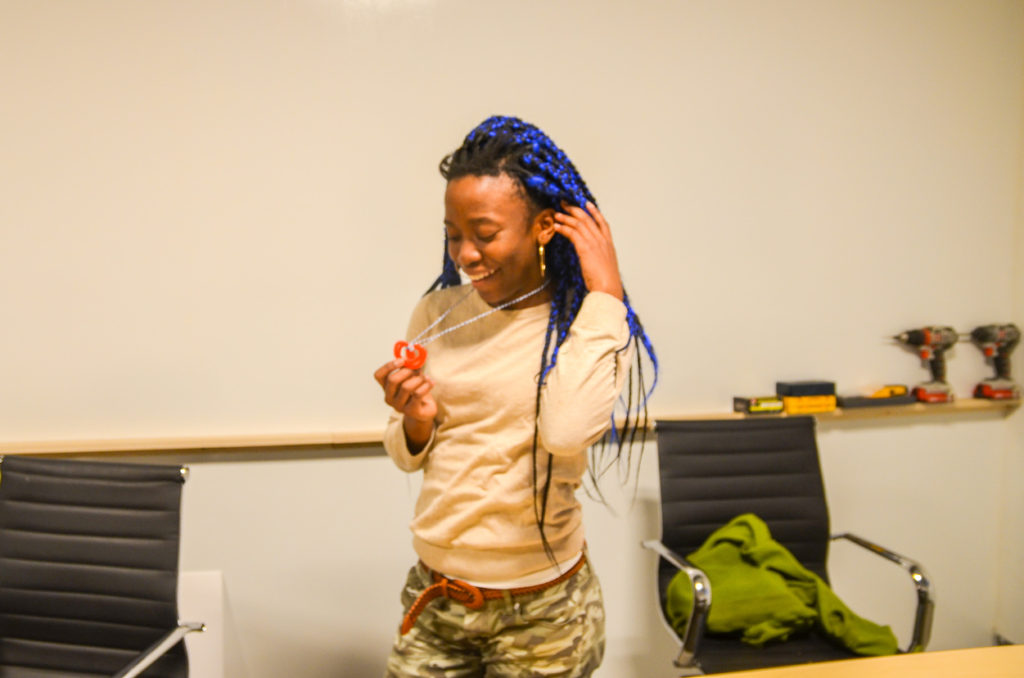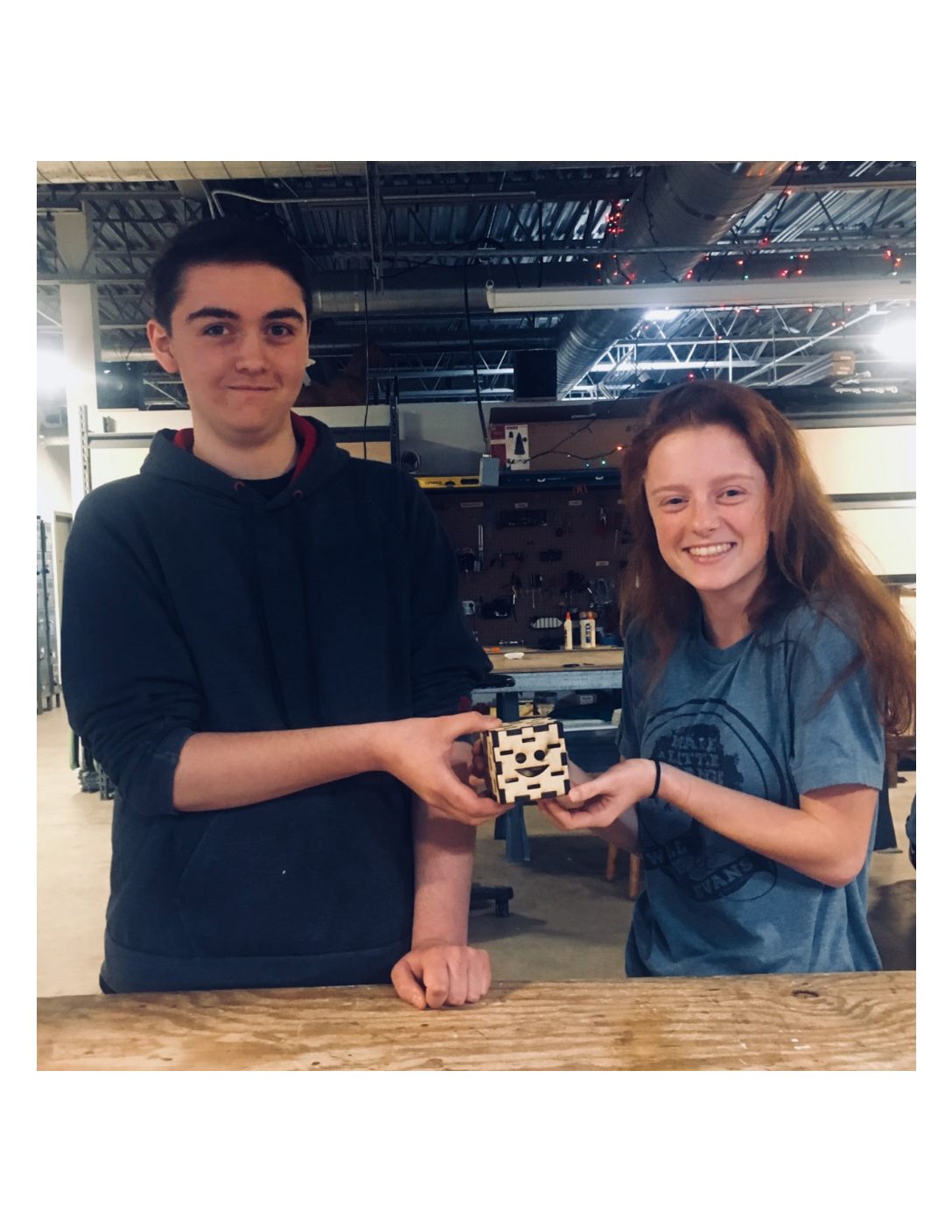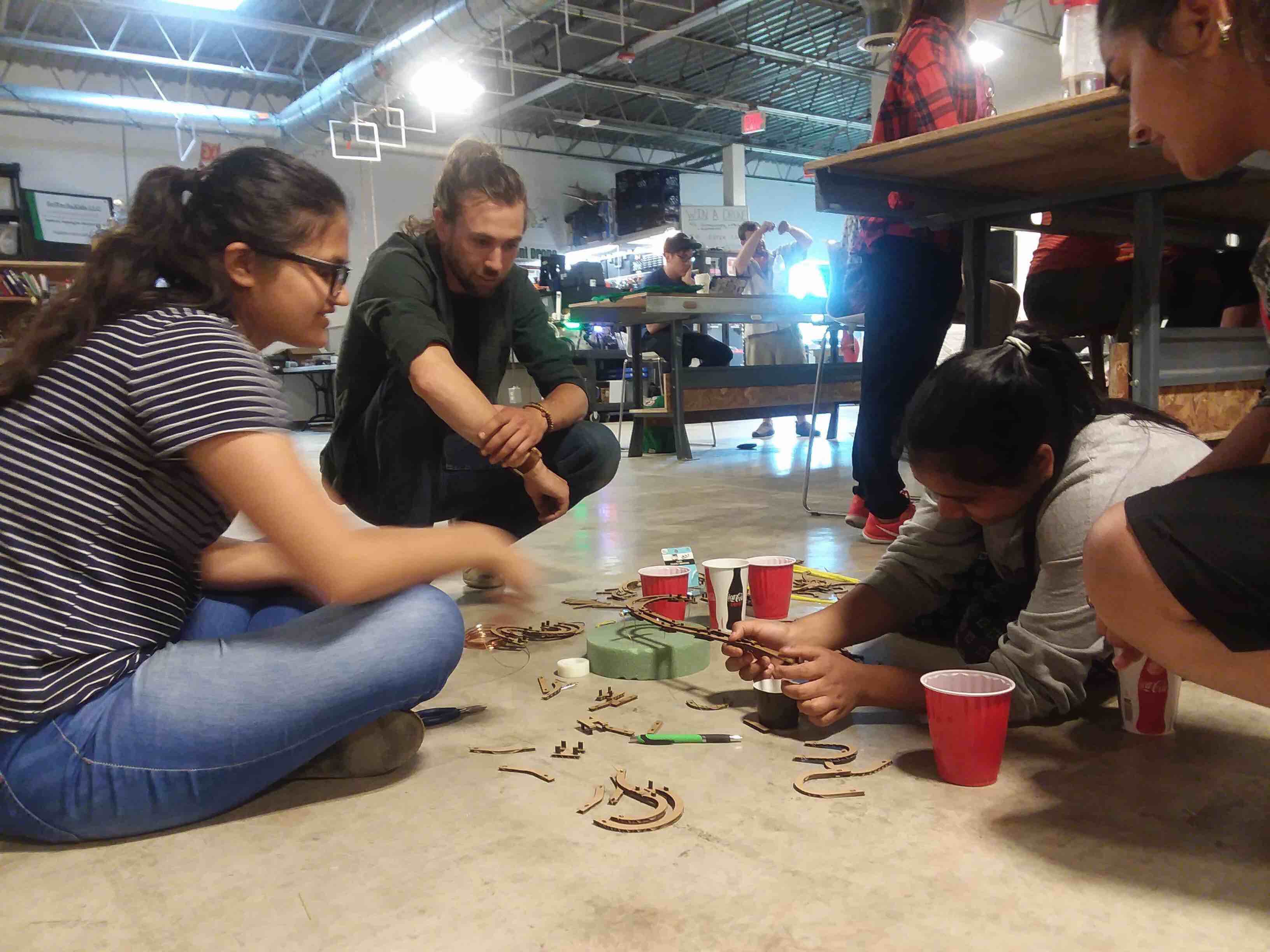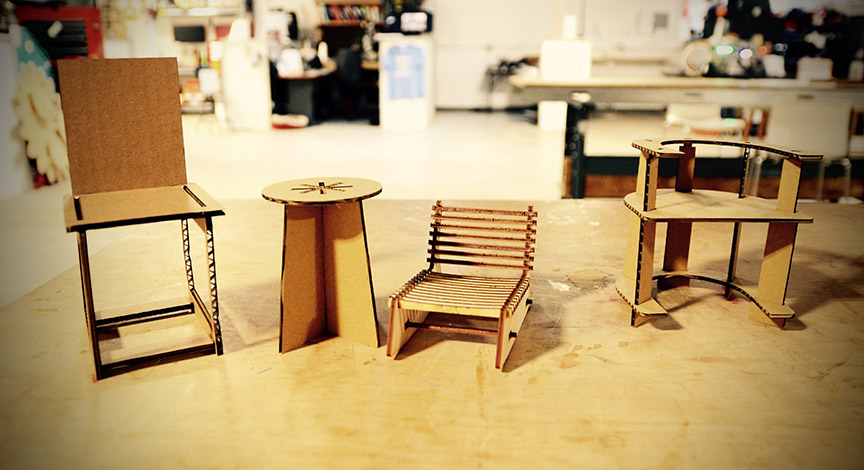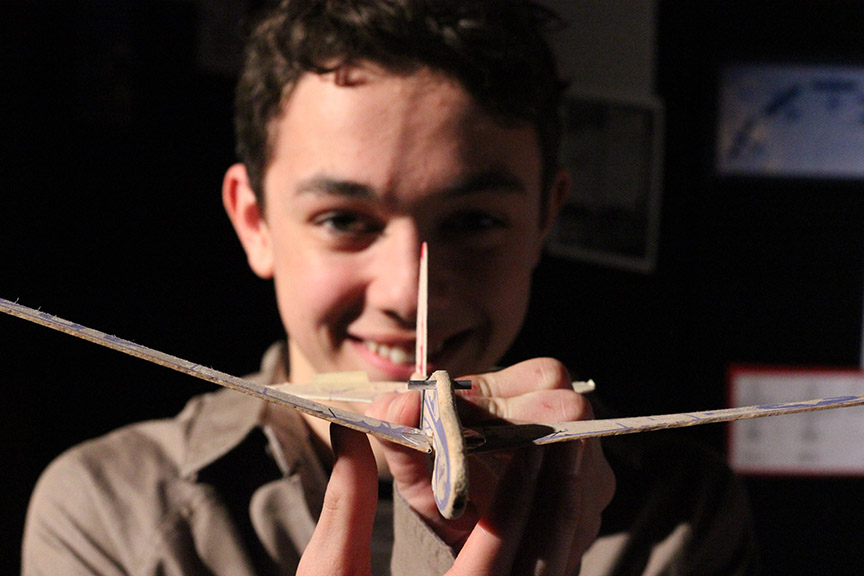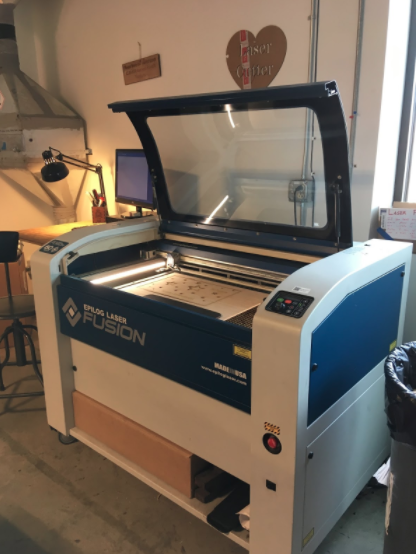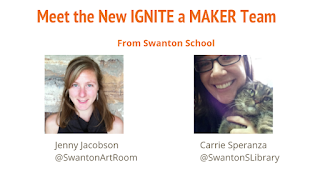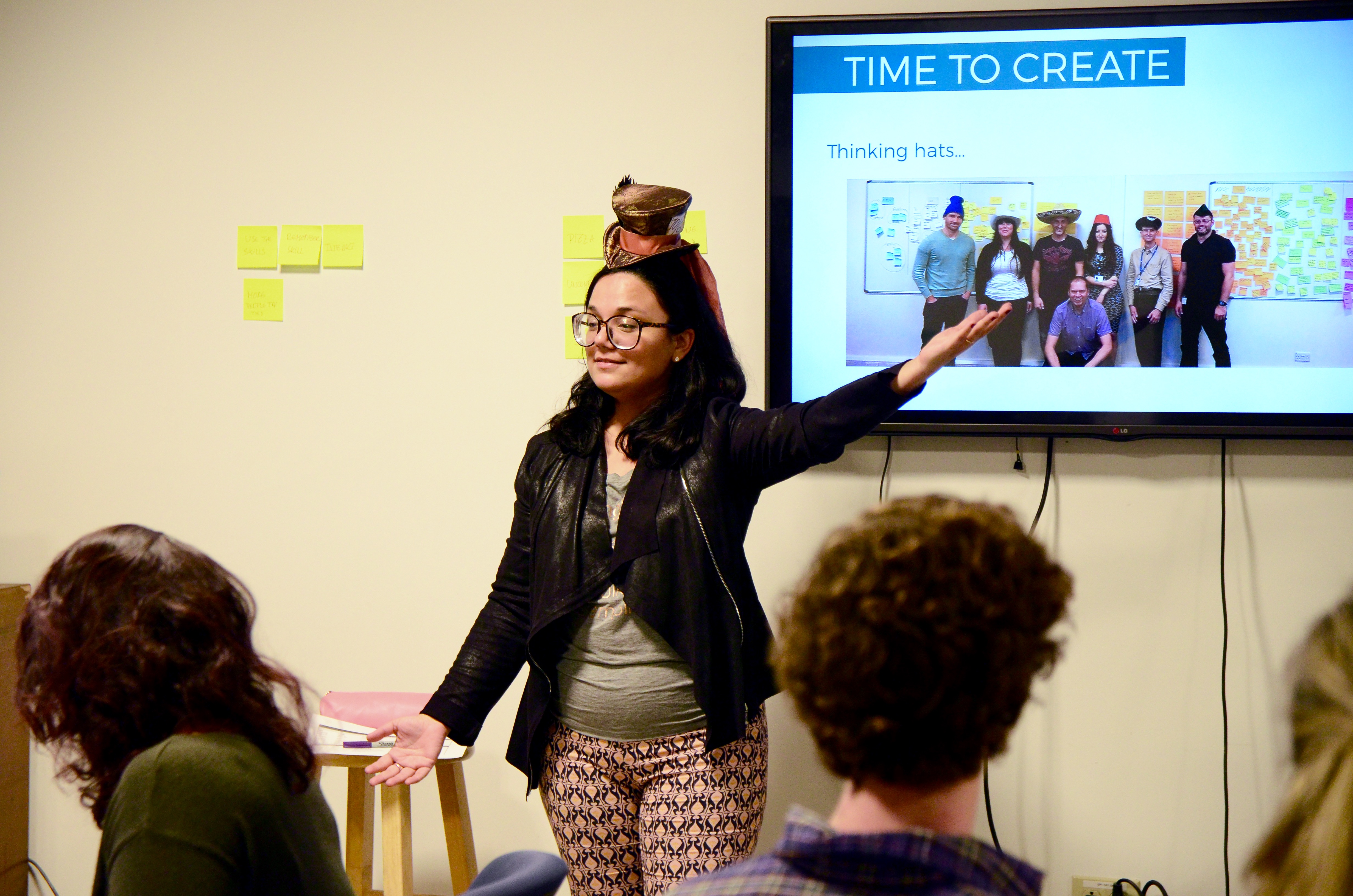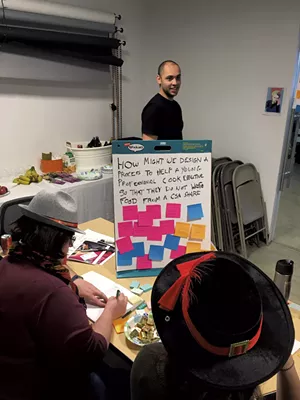[vc_row type=”in_container” full_screen_row_position=”middle” scene_position=”center” text_color=”dark” text_align=”left” overlay_strength=”0.3″][vc_column column_padding=”no-extra-padding” column_padding_position=”all” background_color_opacity=”1″ background_hover_color_opacity=”1″ width=”1/1″ tablet_text_alignment=”default” phone_text_alignment=”default”][vc_column_text]
While schools scramble to adapt to remote learning, Generator’s Design Lab program finds creative ways to bring hands-on STEAM skills to students.
[/vc_column_text][divider line_type=”No Line”][divider line_type=”Full Width Line” line_thickness=”1″ divider_color=”default”][divider line_type=”No Line”][divider line_type=”No Line”][divider line_type=”No Line”][vc_column_text]In late summer, while schools were on standby and waiting to see what might happen with Vermont’s COVID numbers, Generator’s outreach team was busy considering ways we could pivot out programming. Our hope was to keep Generator’s connection to our local and regional youth who are eager for hands-on, experiential educational opportunities in science, technology, engineering, arts, and math (STEAM).[/vc_column_text][divider line_type=”No Line”][image_with_animation image_url=”10217″ alignment=”center” animation=”Fade In” box_shadow=”none” max_width=”100%”][/vc_column][/vc_row][vc_row type=”in_container” full_screen_row_position=”middle” scene_position=”center” text_color=”dark” text_align=”left” overlay_strength=”0.3″][vc_column column_padding=”no-extra-padding” column_padding_position=”all” background_color_opacity=”1″ background_hover_color_opacity=”1″ width=”1/1″ tablet_text_alignment=”default” phone_text_alignment=”default”][divider line_type=”No Line”][vc_column_text]Unsure how the year would go and how much to invest in hands-on offerings that might quickly be shut down, or might not be possible in the first place, we needed to be prepared to pivot easily.
How could be obtain hands-on, STEAM initiatives via Google classroom and still create a buzz or influence students we’ve never met? [/vc_column_text][divider line_type=”No Line”][image_with_animation image_url=”10216″ alignment=”center” animation=”Fade In” box_shadow=”none” max_width=”100%”][/vc_column][/vc_row][vc_row type=”in_container” full_screen_row_position=”middle” scene_position=”center” text_color=”dark” text_align=”left” overlay_strength=”0.3″][vc_column column_padding=”no-extra-padding” column_padding_position=”all” background_color_opacity=”1″ background_hover_color_opacity=”1″ width=”1/1″ tablet_text_alignment=”default” phone_text_alignment=”default”][vc_column_text]The answer: PinBox 3000. The customizable, build-it-yourself, cardboard pinball machine.
Generator and PinBox 3000 teamed up to bring Generator’s Design Lab to classrooms around Vermont– and in the comfort of students’ own home. [/vc_column_text][divider line_type=”No Line”][image_with_animation image_url=”10269″ alignment=”center” animation=”Fade In” box_shadow=”none” max_width=”100%”][divider line_type=”No Line”][vc_column_text]In early 2015, Pete Talbot and Ben T. Matchstick became Generator Makers-in-Residence (now our Artist in Residence program) in order to further develop and prototype their product, PinBox 3000. By the end of their 2-month residency their business was launched and the rest is history! Read their story here.[/vc_column_text][divider line_type=”No Line”][image_with_animation image_url=”10270″ alignment=”center” animation=”Fade In” box_shadow=”none” max_width=”100%”][divider line_type=”No Line”][vc_column_text]Bringing this story full circle, Generator is excited to team up with PinBox 3000 and provide students with endless opportunities in creating, designing, prototyping, electrifying and advancing a pinball game of their own design. [/vc_column_text][divider line_type=”No Line”][divider line_type=”Full Width Line” line_thickness=”1″ divider_color=”default”][divider line_type=”No Line”][vc_column_text]
Design Lab is one of Generator’s educational and outreach programs inspiring learners of all ages to explore and innovate in the sciences, arts, and in entrepreneurship.
Our programs are made possible by supports like you!
You can support Generator by giving a gift today.
[/vc_column_text][/vc_column][/vc_row]
